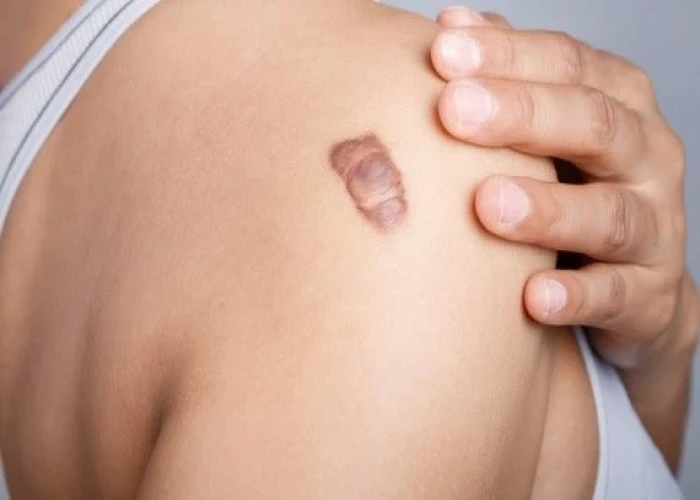 Welcome
Welcome
“May all be happy, may all be healed, may all be at peace and may no one ever suffer."
Keloid scar
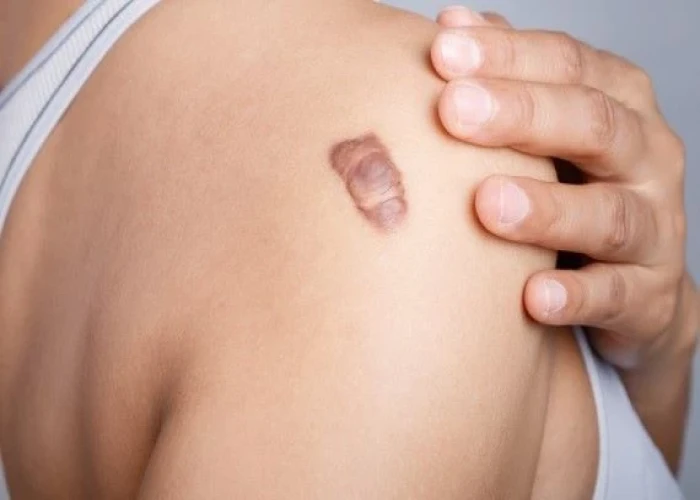
A keloid scar is a type of raised scar that occurs when the body produces too much collagen during the healing process of a wound or injury. Keloid scars can form anywhere on the body, but are most common on the chest, shoulders, back, and earlobes.
Keloid scars are typically red or dark in color, thick, and raised above the skin. They may also be itchy, tender, or painful to the touch. Keloids can continue to grow over time and may be triggered by minor injuries or irritation, such as from clothing or jewelry.
The exact cause of keloid scars is not known, but they are believed to be related to an overproduction of collagen during the healing process. Keloids may be more common in people with a family history of the condition and may be more likely to occur in individuals with darker skin tones.
Treatment for keloid scars may involve a combination of approaches, including surgery to remove the scar, corticosteroid injections to reduce inflammation and flatten the scar, and laser therapy to help reduce redness and thickness. Other treatments, such as silicone sheets or gels, may also be used to help reduce the size and appearance of keloids.
Preventing keloids can be difficult, but avoiding unnecessary skin trauma or injuries, such as piercings or tattoos, can help reduce the risk of developing keloids. In some cases, a preventative treatment with corticosteroid injections or radiation therapy may be recommended for individuals who are at high risk for developing keloids.
While keloid scars can be a cosmetic concern and may be uncomfortable, they are generally not harmful and do not require medical treatment unless they are causing significant discomfort or functional impairment.
Research Papers
Disease Signs and Symptoms
- Swollen lump or skin nodules
- Brown skin
- Itching
Disease Causes
Keloid scar
Experts don't completely understand what causes keloid scars. But most agree it's likely a dysfunction of the wound-healing process. Collagen — a protein found throughout the body — is useful to wound healing, but when the body produces too much, keloids can form.
Keloid growth might be triggered by any sort of skin injury — an insect bite, acne, an injection, body piercing, burns, hair removal, and even minor scratches and bumps. Sometimes keloids form for no obvious reason.
Keloids aren't contagious or cancerous.
A keloid is different from a hypertrophic scar. A hypertrophic scar stays within the bounds of the original wound and can fade over time without treatment.
Disease Prevents
Disease Treatments
Keloid scar treatments include the following. One or a combination of approaches might be best for your situation. Even after successful flattening or removal, keloids can grow back, sometimes bigger than before. Or you may develop new ones.
- Wound care. For newer keloids, the first treatment option might be compression dressings made from stretchy fabric or other materials. This method is also used after surgery to remove keloids. The goal is to reduce or prevent a scar by putting pressure on the wound as it heals. Such dressings need to be worn for 12 to 24 hours a day for 4 to 6 months to be effective. This method can be very uncomfortable.
- Corticosteroid cream. Applying a prescription strength corticosteroid cream can help ease itchiness.
- Injected medicine. If you have a smaller keloid, your doctor might try reducing its thickness by injecting it with cortisone or other steroids. You'll likely need monthly injections for up to six months before seeing the scar flatten. Possible side effects of corticosteroid injections are skin thinning, spider veins and a permanent change in skin color (hypopigmentation or hyperpigmentation).
- Freezing the scar. Small keloids might be reduced or removed by freezing them with liquid nitrogen (cryotherapy). Repeat treatments might be needed. Possible side effects of cryotherapy are blistering, pain and loss of skin color (hypopigmentation).
- Laser treatment. Larger keloids can be flattened by pulsed-dye laser sessions. This method has also been useful in easing itchiness and causing keloids to fade. Pulsed-dye laser therapy is delivered over several sessions with 4 to 8 weeks between sessions. Your doctor might recommend combining laser therapy with cortisone injections. Possible side effects, which are more common in people with darker skin, include hypopigmentation or hyperpigmentation, blistering and crusting.
- Radiation therapy. Low-level X-ray radiation alone or after surgical removal of a keloid can help shrink or minimize the scar tissue. Repeat treatments might be needed. Possible side effects of radiation therapy are skin complications and, in the long term, cancer.
- Surgical removal. If your keloid hasn't responded to other therapies, your doctor might recommend removing it with surgery in combination with other methods. Surgery alone has a recurrence rate of 45% to 100%.
Disease Diagnoses
Disease Allopathic Generics
Disease Ayurvedic Generics
Disease Homeopathic Generics
Disease yoga
Keloid scar and Learn More about Diseases

Dissociative disorders

Thyroid nodules
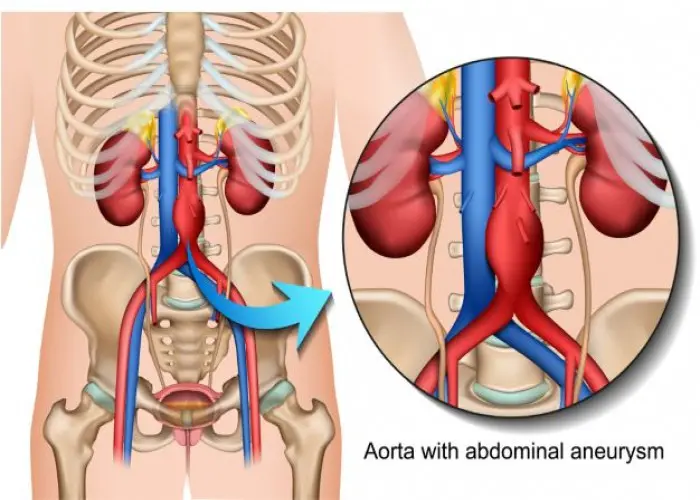
Abdominal aortic aneurysm
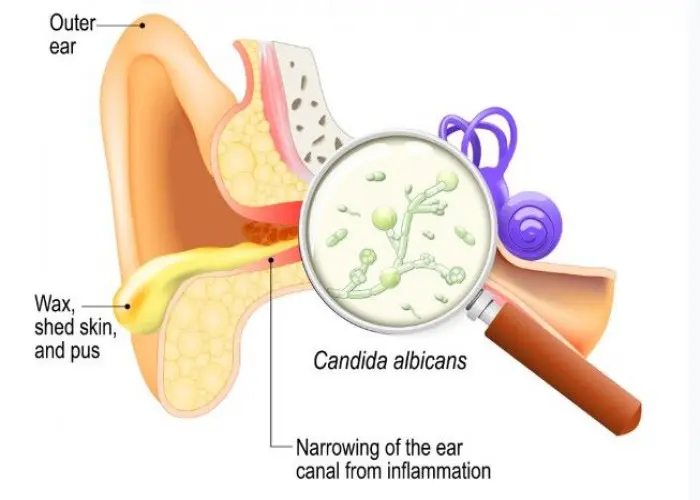
Swimmer's ear
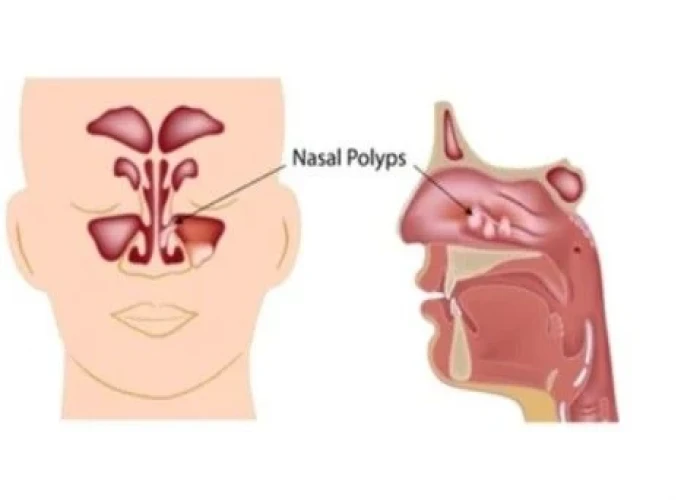
Nasal polyps
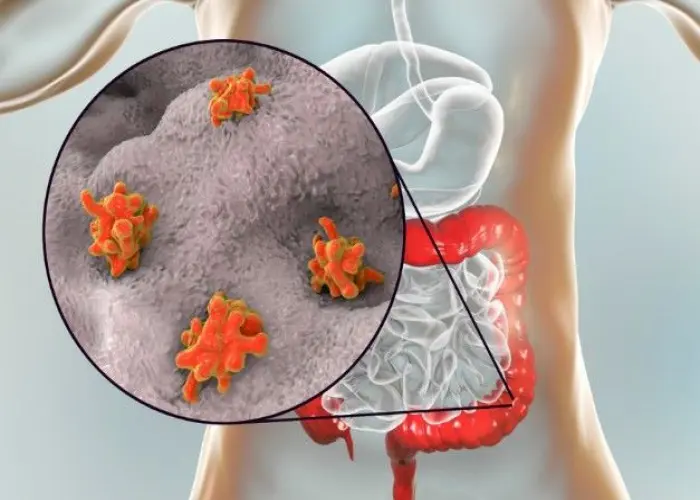
Amoebic Dysentry

Premature birth

Posterior vaginal prolapse (Rectocele)
Keloid, Keloid scar, Keloid treatment, কেলয়েডের দাগ
To be happy, beautiful, healthy, wealthy, hale and long-lived stay with DM3S.
